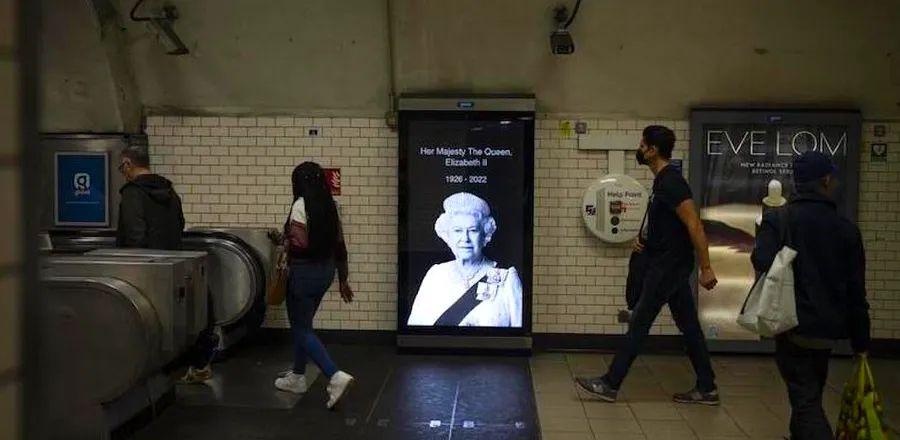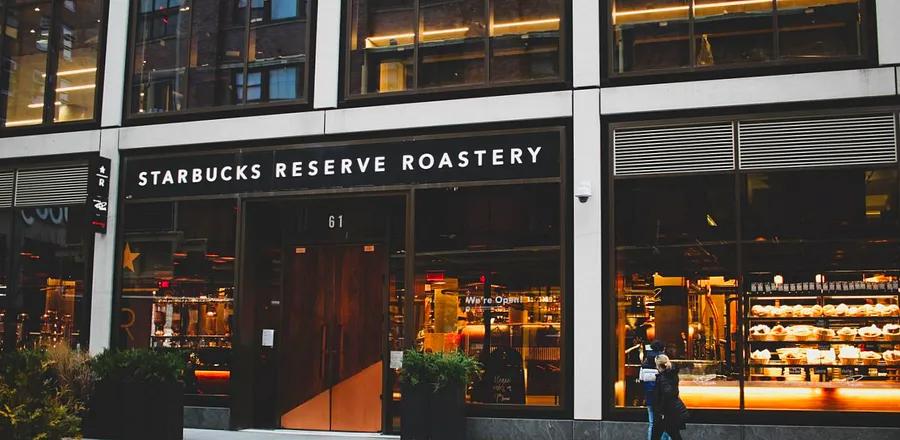What Transpires in the U.K. After Queen Elizabeth II’s Passing

Bells rang across Britain on Friday, as mourners gathered at palace gates to pay tribute to Queen Elizabeth II, marking the start of a new era under a new king. Her remarkable reign was celebrated, honored, and discussed around the globe.
King Charles III, having spent much of his 73 years readying for this moment, met with the prime minister and prepared to address a grieving nation, the only British monarch most alive today have ever known. He ascends the throne during uncertain times for both the nation and the monarchy.
As the nation entered a 10-day mourning period, people worldwide convened at British embassies to honor the queen, who passed away Thursday at Balmoral Castle in Scotland. In London and at military sites throughout the U.K., cannons fired 96 rounds in a detailed 16-minute salute, commemorating each year of her life.

Photo by Victoria Jones/AP
On his first full day of official duties, Charles departed Balmoral and flew to London for a meeting with Prime Minister Liz Truss, who was appointed by the queen just two days prior to her death.
He arrived at Buckingham Palace, the official London residence of the monarch, for the first time as king, stepping out of the official state Bentley limousine alongside Camilla, the Queen Consort, greeted by cheers of “Well done, Charlie!” and the singing of the national anthem, now titled “God Save the King.”
The passing of Queen Elizabeth II has initiated a series of meticulously planned ceremonial and constitutional actions, as Britain enters a period of national mourning while ushering in the reign of King Charles III.
The long-standing 10-day protocol, codenamed Operation London Bridge, has been tailored to fit the specific circumstances surrounding the queen’s death in Scotland, with some details remaining unconfirmed to the public.

Photo by Christophe Ena/AP
What will unfold in the upcoming days in the U.K.
Friday, September 9
- King Charles III and his wife Camilla, the Queen Consort, journeyed from Balmoral Castle in Scotland to London.
- At noon, church bells tolled at Westminster Abbey, St. Paul’s Cathedral, and across the nation in tribute to the queen.
- Also at noon, Parliament convened a special session for lawmakers to honor the queen.
- At 1 p.m., gun salutes were fired in Hyde Park and at military locations throughout the country, one shot for each of the 96 years of the queen’s life.
- Afternoon: The king meets with the new Prime Minister Liz Truss.
- 6 p.m.: The king delivers a televised address to the nation.
- 6 p.m.: A memorial service for the queen takes place at St. Paul’s Cathedral.
Saturday, September 10
- 10 a.m.: Charles convenes at St. James’s Palace with senior officials known as the Accession Council, where he is formally declared king.
- 11 a.m.: An official reads the proclamation from a balcony at St. James’s Palace, which is also announced at various locations across the U.K.
- 1 p.m.: Parliament conducts a second day of tributes to honor the queen.
Sunday, September 11, and onward
- The queen’s remains are transferred from Balmoral Castle in the Scottish Highlands to Edinburgh, where the coffin is expected to rest at Holyrood Palace before being moved to St. Giles’s Cathedral for public viewing.
- The coffin will then be transported to London by train or plane.
- The queen will lie in state for several days in Westminster Hall at Parliament, allowing the public to pay their respects once again.
- A state funeral will be held at Westminster Abbey, attended by leaders and dignitaries from around the world.
The national mourning period will conclude the day following the queen’s funeral.

1

2

3

4

5
Evaluation :
5/5